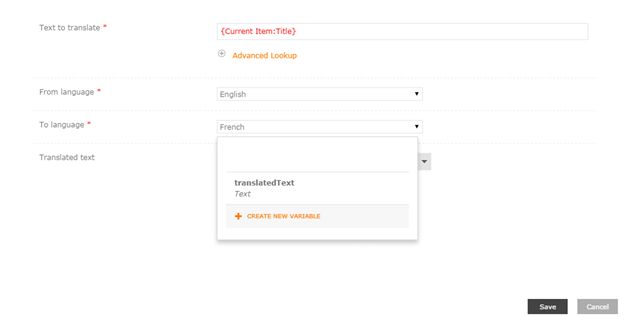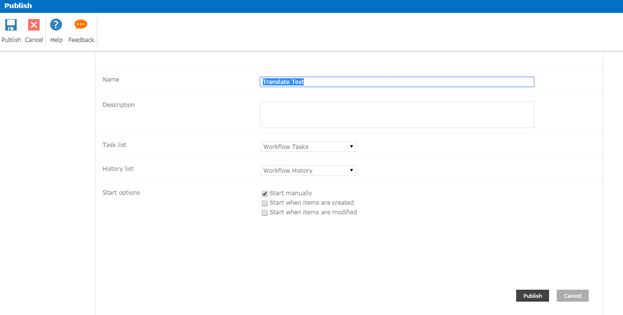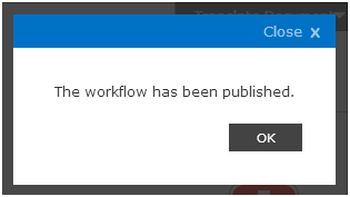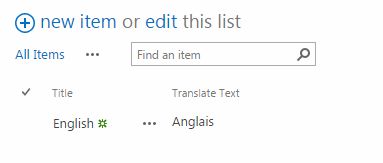Translate Text to Other Language Using NINTEX Workflow in SharePoint 2013 Online
- Vijai Anand Ramalingam

- Mar 5, 2019
- 2 min read
Updated: Mar 18, 2019
This article shows how to translate text to another language using a NINTEX Workflow in SharePoint 2013 Online.
Bing Translation is a new action introduced in NINTEX Workflow for SharePoint 2013 that can be added from the NINTEX store. Using this action text can be translated to other languages. To explain this action I have created a custom list with the following columns.
Create Translate Text Workflow
1. Navigate to the Office 365 site (https://c986.sharepoint.com/).
2. Click on the custom list link in the quick launch bar. Click on the List tab and then click on the NINTEX Workflow button in the ribbon interface.
3. Drag and drop a Bing translation action from the Integration section.
4. Click on the down arrow and then click on Configure.
5. Select the Text to translate (select the current item Title field), From language, To language and store the translated text in a workflow variable (create a new workflow variable and name it “translatedText”). Click on the Save button.
6. Drag and drop an Update list item action from the Libraries and Lists section.
7. Click on the down arrow and then click on Configure.
8. Set the workflow variable “translatedText” value to the current item “Translate Text” field.
9. Click on the Save button.
Publish the workflow
1. Click on the Publish button in the ribbon interface.
2. Make sure the Title is set; optionally you can set the values for Description. Select the Task List, History List and Start options.
3. Click on the Publish button. The workflow will be validated.
4. The workflow is published successfully.
Test the workflow
1. Navigate to the custom list.
2. Select the item and then click on Workflows in the ribbon interface.
3. Click on Translate Text Workflow and then click on the Start button.
4. After a few minutes the text will be translated and it will updated in the “Translate Text” field as shown below.
Summary
Thus this article showed how to translate text to another language using a NINTEX Workflow in SharePoint 2013 Online.






















Comments